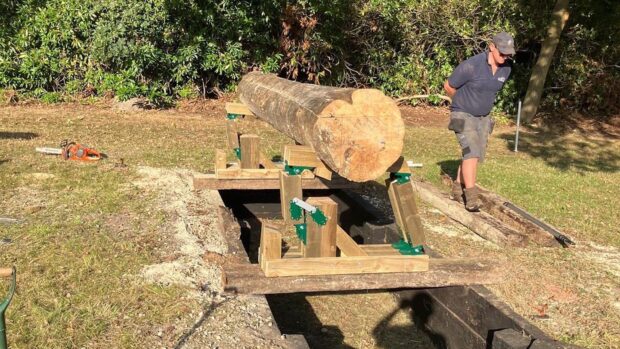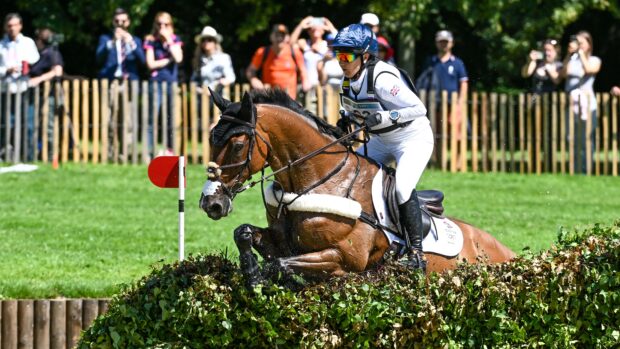British Eventing (BE) has launched a 16-point action plan to improve safety and gauge whether the sport has become too dangerous.
There have been four eventing fatalities in Britain and 17 internationally since 2006.
“We have to ask ourselves some fairly major questions,” BE chief executive Mike Etherington-Smith told H&H.
“[For example] are we happy to continue as it is with current levels of injury? I am being deliberately provocative, but we are on a mission to improve safety. Doing nothing is not an option.”
As well as investigating new materials and jumps that collapse on impact to reduce the severity of falls, BE is considering rider licensing and raising the minimum qualification requirements to move up the levels of competition.
“For reasons we do not really understand, the risk of having a fall is higher for riders taking part in FEI [International Equestrian Federation] competitions, even at one- and two-star,” said national eventing safety officer Jonathan Clissold.
“No decisions have been taken, but we are asking whether riders should have more miles on the clock in national competitions before they move to international ones.”
Rider licences could carry information about experience, previous accidents and any disciplinary issues (news, 29 January).
New safety initiatives, including a second-generation frangible pin and an alternative to rope fixings, are being tested for BE and, if successful, will be introduced next season.
BE also wants feedback from other people involved in eventing and have been canvassing opinion at four regional safety road shows this month (news, 2 July).
It also plans to run a national safety summit for course-designers at the end of the season and is holding forums with competitors throughout the summer.
“We are changing the image of BE,” said Mr Etherington-Smith. “We have been unfairly accused of not sharing information in the past, but we do need to communicate more.”
BE’s actions have been praised by Nick Gauntlet, who sits on the Event Riders Association’s British sub-committee.
He said: “I think BE is doing an incredible job and working very hard to find out everybody’s thoughts on safety.
“Yes, eventing can be dangerous, but its initiatives mean it is getting safer.”
This article was first published in Horse & Hound (23 July, ’09)



